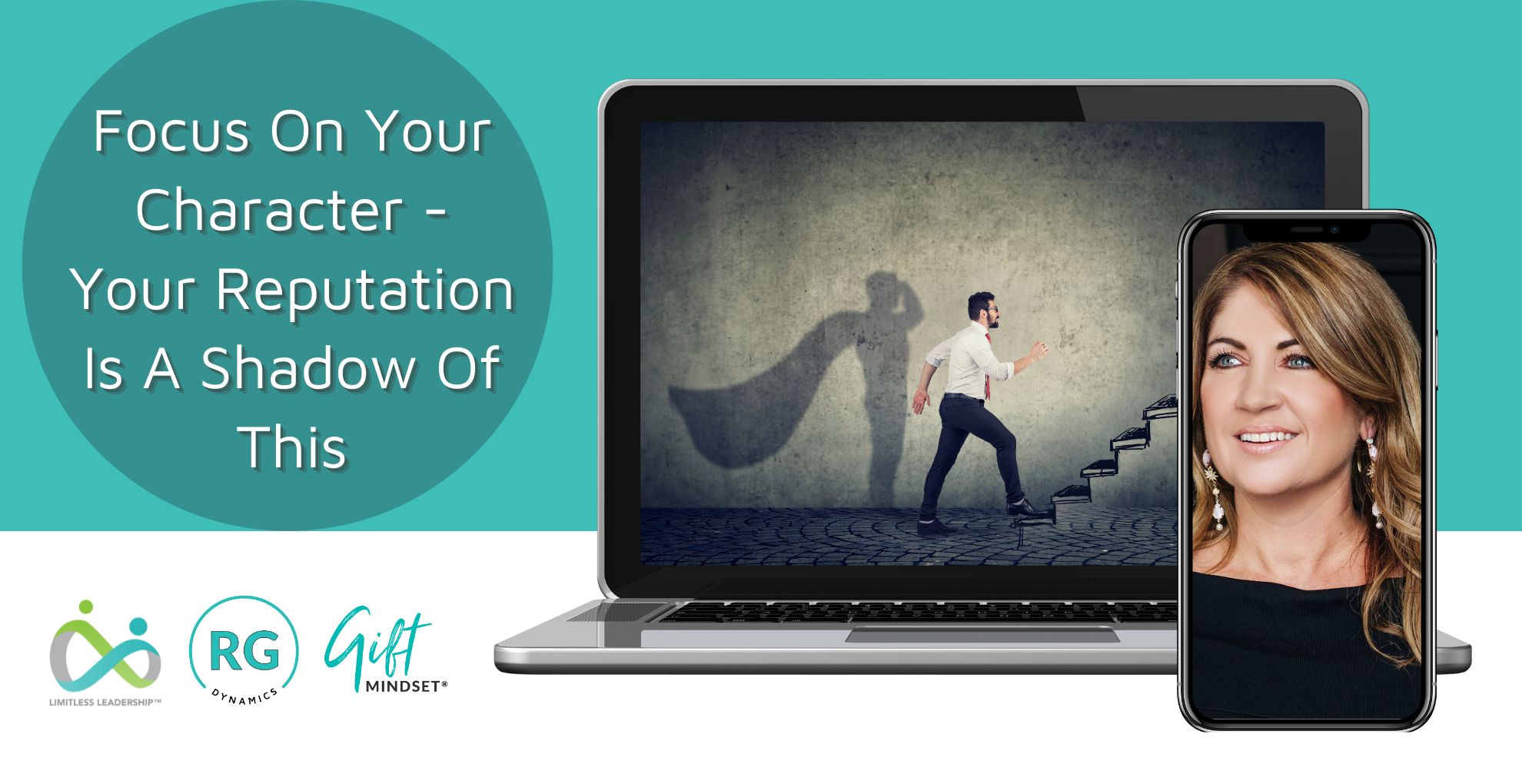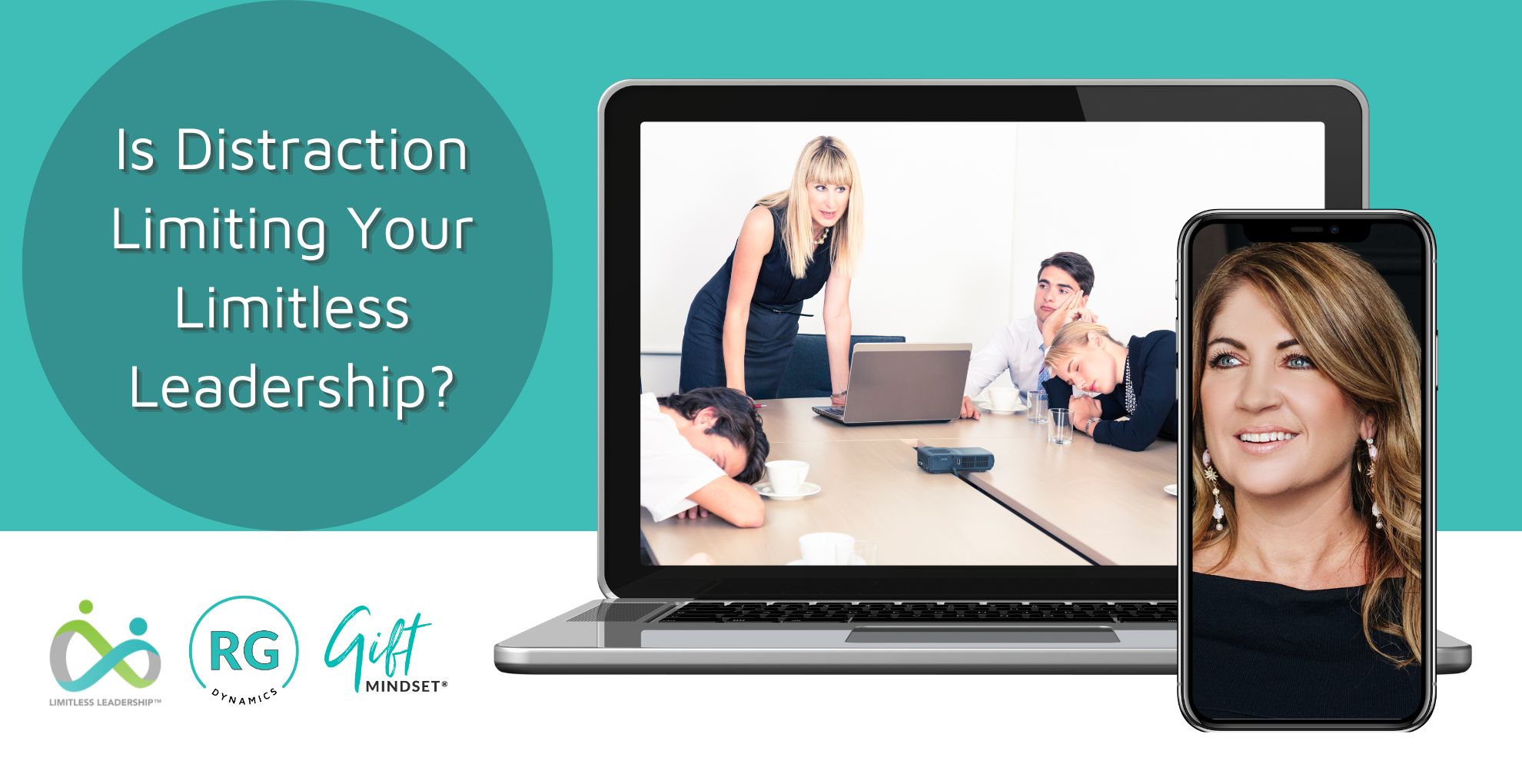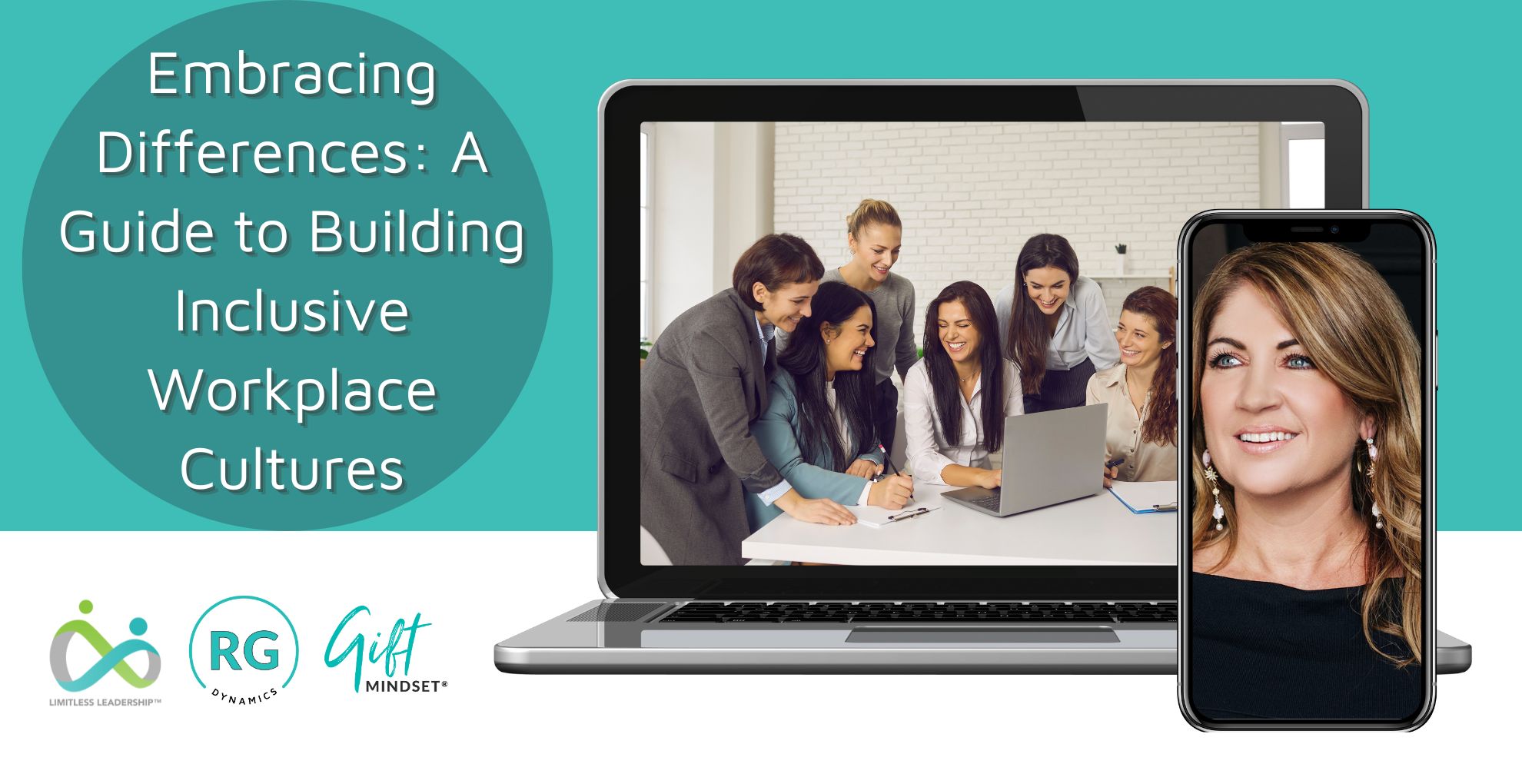Mindfulness dates back to the early teachings of Buddhism.
Being in the moment, being present and being mindful is nothing new. Mindfulness as a practice is often described as: “Paying attention in a particular way: on purpose, in the present moment, and nonjudgmentally” or “Bringing one's complete attention to the present experience on a moment-to-moment basis”
The fact that it is lacking more than ever in today’s society has bought this topic to the forefront. From the boardroom to the beach house, people the world over are attempting to balance what I call, the clutter of life. Technology, progress, fast-paced living and many more variables contribute to many of us being caught up in “the doing” Vs. “the being”.
“There are many forms of meditation, including contemplation and visualisation, but mindfulness is where you bring your full mind to an object.” Being mindful of your breath, for example, is a common form of mindfulness during meditation. Following your breath improves your awareness of being in the present and keeps you in the moment.
Being mindful and in the moment, what does it actually mean?
Over the last 18 months getting balance and being mindful has been a key theme and a hot topic with many of my clients. Everyone is busy, a word I’ve wiped out of my vocabulary, busy equates to empty calories in my book. Having a lot on is okay. If what you are doing is purposeful and you are happy then you are being progressive. If what you are doing feels like you are running on the treadmill of life and getting nowhere as your direction is blurred, then you are in “maintenance” mode, usually referred to as being busy.
Are you in the flow of being progressive or are you maintaining the status quo?
Working long hours, holding senior positions, running a business with heavy responsibilities and expectations whilst juggling a family, health and a million spinning plates comes as no surprise that finding time to “be” is such a common challenge. We get caught up in the doing, I reckon this is sometimes a procrastination strategy that prevents us from stopping and seeing and feeling what is really important, what really matters.
With so much focus on getting balance and integrating “peace” into our lives I thought I’d ask a few clients and friends what mindfulness means to them and here are some of their responses:
- Being in the moment
- Catching my breath
- Relaxing my mind
- Not thinking
- Being in flow
- Being present
- Not sure?
- Being still
- Daydreaming
- Allowing space
- Reading
- Stopping
The common thread in all of these responses is that being in the moment is a crack of time letting yourself be free and in a zone, almost like limbo, with no real intention, goal or direction.
Meditation is often defined as engaging in contemplation or reflection so this makes perfect sense.
How people mediate or zone out is unique to each individual and I know for myself, my meditation is cooking, yes cooking. I have never been a TV watcher (although I love a good Indie movie) and nothing zones me out more, even after a full day at work than cooking up a meal from scratch.
Not being a process-driven person I have learnt I prefer to cook by taste and creativity rather than follow a recipe, therefore I rarely bake, a good thing as I’m not into sweets and probably not a great idea to start now! Roughly chopping herbs, whilst grinding lightly toasted spices in my mortar and pestle with garlic and onion sautéing in the background fills me with a lightless and calmness I find hard to explain.
The aromas, the sizzling and the chance of what I could be serving up excites me and really helps me be in the moment. This got me to thinking that “mediation”, zoning out or whatever you want to call it, is in the eye of the beholder. What works for me may not work for you and therefore you need to find what takes you to that place.
For me to be in service to my amazing clients and business I have to be what I call, match fit. This means I need to know what energises me spiritually, physically and emotionally. It’s usually cooking, reading or being near the ocean. In finding out what your mediation or zone out time is, these tips may help you.
What calms you on the inside?
What is it that makes you exhale and feel calm?
This could be a hobby, a thought or even a person that has this effect on you.
It could be as simple as daydreaming or closing your eyes and shutting things out.
Where is your happy place?
Where in your home, office or outdoors can you go and just be?
A sanctuary within your home is vital, for me it is a swinging cocoon chair in my courtyard. This is my space to think, reflect and read. The kitchen is also my other happy place, ready to go when I feel the need to zone out and create.
When is your time?
I believe we have different times that we can fully be in the moment. You may be a morning person or prefer “your time” to be after hours. You may be that person who can access this “zone out” time whenever needed. I reckon if you can be flexible with when you can access your “meditation time” you have an amazing resource within you to recalibrate at all times.
Having attention in and focusing on ‘being” can work wonders even during a typical workday. If you are someone, like many of my clients, that jump from meeting to meeting how can you really be in service and in tune with that person/s in from of you?
Take a step back and guess and test a few strategies that you can access to get you into the zone and make sure you are doing this, for you. Whatever it may be to you, it shouldn’t be hard but instead a state you can slip into to re-energise and reset.
Be limitless!





